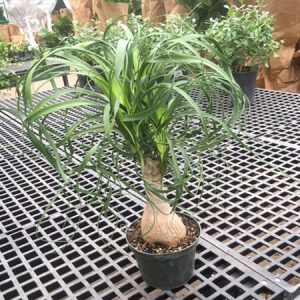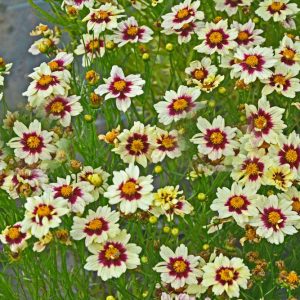Description
Carpinus – Hornbeam –
There are about 40 species of deciduous trees and shrubs, in this genus. They occur in woodland in cool climates areas of the Northern Hemisphere. They have alternate, prominently veined, smooth or toothed edged leaves and, in spring bear unisexual flowers in catkins, both male and female catkins are borne on the same plant. Hornbeams are grown for their elegant habit, ornamental foliage, autumn color, and pendent leafy bracted racemes of fruit. They are attractive specimen trees for a park or woodland, and are excellent for hedging.
Grow in moderately fertile, well drained soil in sun or partial shade.
Prone to powdery mildew, cankers, dieback, and wood-rotting fungi.
C. caroliniana – American Hornbeam – Blue Beech – Ironwood – Musclewood – This spreading, occasionally shrubby tree from moist woodland and riverbanks in Eastern North America is capable of rapid growth to 40′ feet tall and 50′ feet wide, although is usually seen smaller then that. It has flutted, smooth, pale gray bark. It produces ovate, pointed, sharply (sometimes double) toothed, slightly glaucous, blue-green leaves, 5″ long, are rounded or heart shaped at the bases, turning yellow or red in autumn. Male catkins are yellow and to 1 ½” long. Mid green female catkins to 4″ long, are followed by racemes, 2-4″ long, of green fruit, maturing yellow-brown, with irregularly 3 lobed bracts, the central lobe is to 1″ wide.
Zones 4-9





